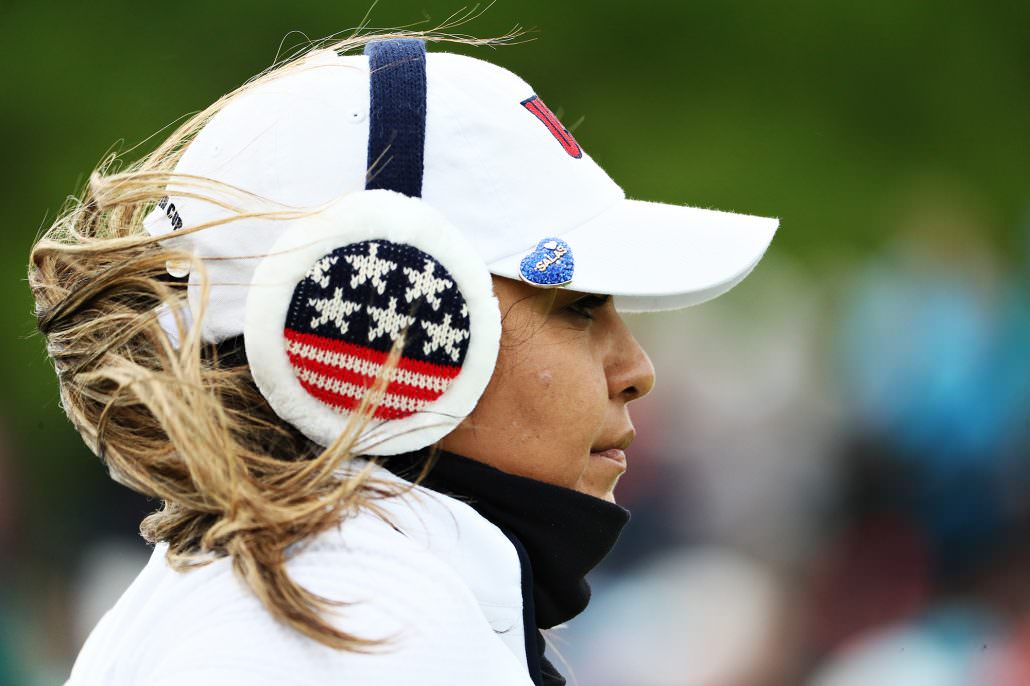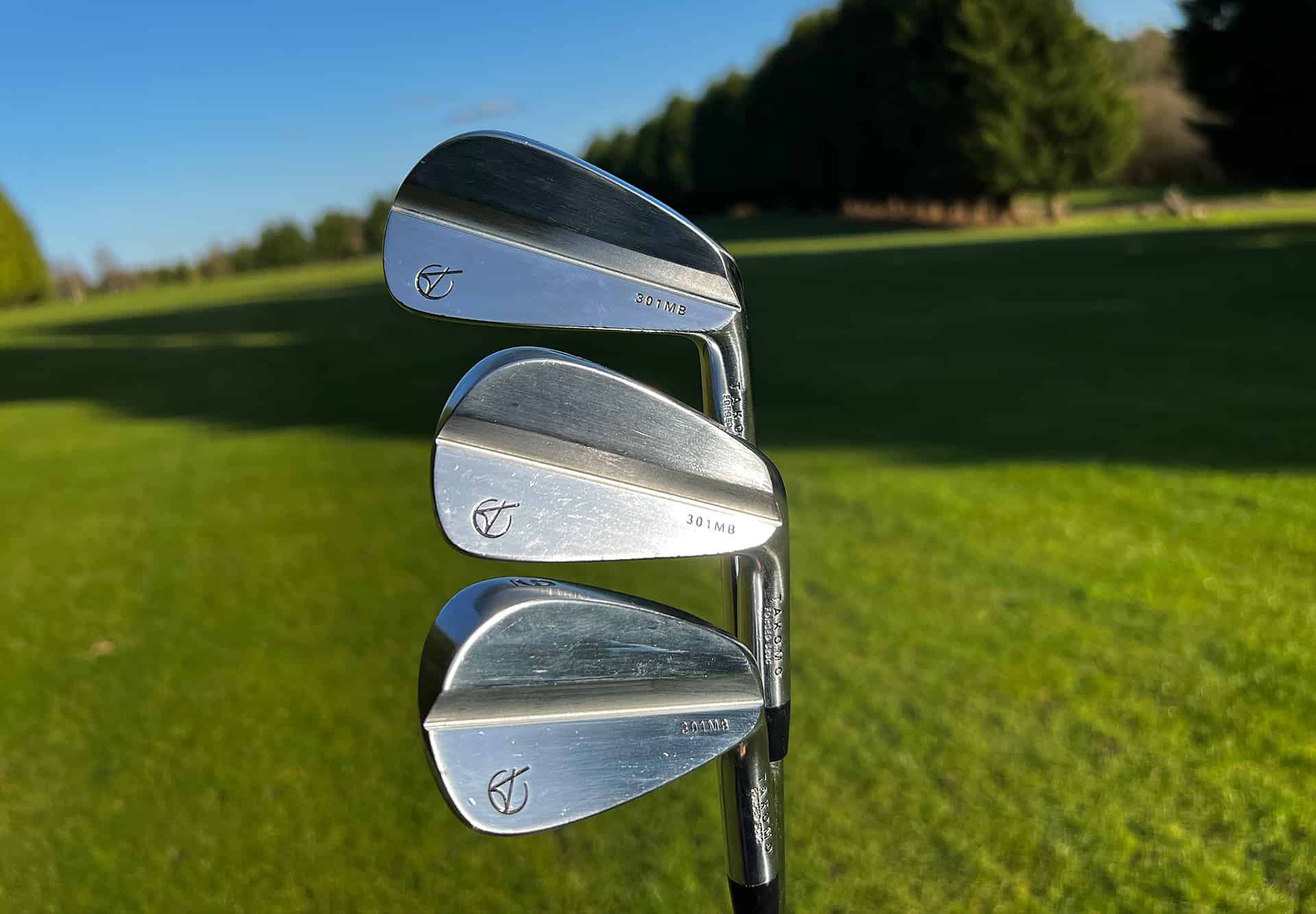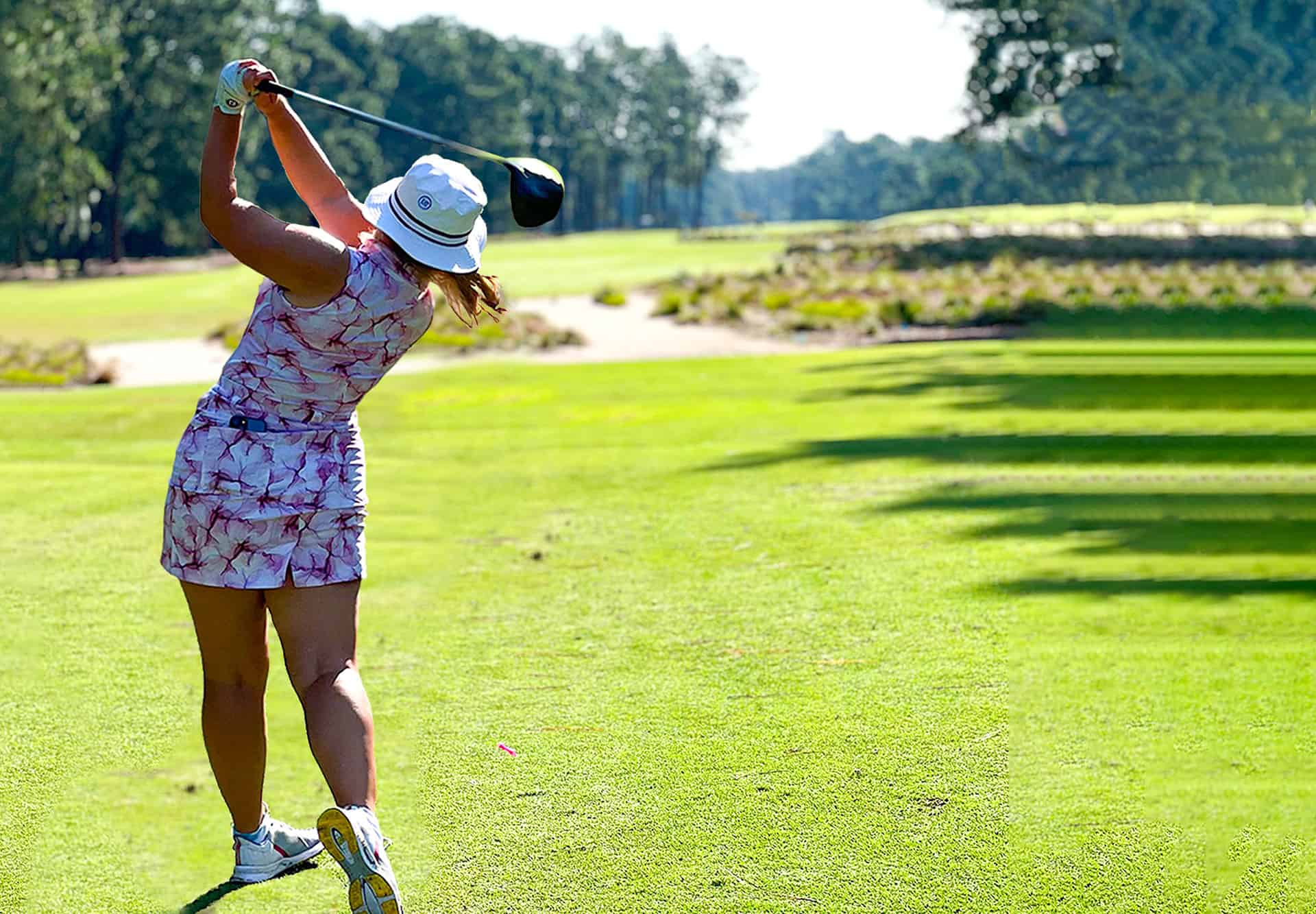
When it’s breezy swing it easy? Not always…
As the dust settles on an incredible Solheim Cup, I wanted to pick up on something I was very impressed with.
Among the criticism regarding pace of play, and condemnation of Lexi Thompson’s apparent disregard for fan safety, the level of skill shown by both sides in navigating a strong Scottish wind during Saturday’s foursomes and fourball matches appeared to be lost.
Having experienced the havoc the wind can wreak on the golf ball, many of us will empathise but do we truly understand its impact? If you don’t, it’s an essential skill to develop.
In particular, some might not be aware but a headwind hurts more than a tailwind helps, and the difference might surprise you. In fact, at higher speeds, a headwind will hurt almost twice as much.
So here’s a few things to remember the next time you’re battling the elements.
How to play in the wind: Headwind
Contrary to popular belief, the ball doesn’t spin more when hitting into a headwind. In fact, it’s the increased lift and drag that causes the ‘balloon’ effect. However, putting more spin on the ball will accentuate this.
Therefore, into a headwind it’s vital that you bring the spin down.
To do this, use less loft and swing easy. In your set-up, widening your stance slightly, moving the ball position back and keeping your weight towards your left side will further help to create the conditions you need to keep the spin off and flight down.
With the driver, follow the same principles and tee the ball lower. Again, this will bring the launch angle down and make it easier to control your ball flight.
A general rule is that for every 10mph of wind against you, you’ll need to hit one more club. However, it’s definitely better to err on the side of caution.
Remember, more clubhead speed equals more spin so swing easy into the wind.

How to play in the wind: Tailwind
In a tailwind the ball will fly lower, land flatter and carry further. So how do we get the most out of a rare advantage this game presents us?
While more spin increases the ‘ballooning’ affect into the wind, if you’re downwind you need spin to keep the ball in the air. Tee the ball higher with your driver and don’t be afraid to swing away. Launching it high with enough spin will help to optimise the distance you can hit it.
When approaching the green the same applies. Taking less club and launching it higher will help you land the ball softer and control your distance.
How to play in the wind: Crosswinds
If you’re faced with a crosswind, it’s important to play your own game.
If you’re one of the lucky few who are comfortable shaping the ball both ways then don’t be afraid to use this to your advantage. This will help minimise the wind’s impact and give you greater control.
However, if not, swallow your pride and use the wind. Keep it simple and adjust your starting line, letting the wind naturally bring the ball towards your intended target.
Remember, in the wind, scores will generally rise so don’t panic if a shot doesn’t go to plan.
As with most things in golf, experiment with this information and find how best to implement it into your own game.
While it might seem obvious, to the detriment of golfers of all ages and abilities, the impact of the wind is often underestimated. With greater understanding we are equipped to make better decisions on the golf course and give ourselves the best chance of hitting good shots.
Got any tips for playing in the wind? Let me know in the comments below or tweet me.
Andrew Wright
NCG's instruction editor. Terrible student so trying my hand at passing on some of the best advice I've never listened to. Member of Royal Troon. Favourite golfer is two-time major winner and hall of famer, Retief Goosen.










